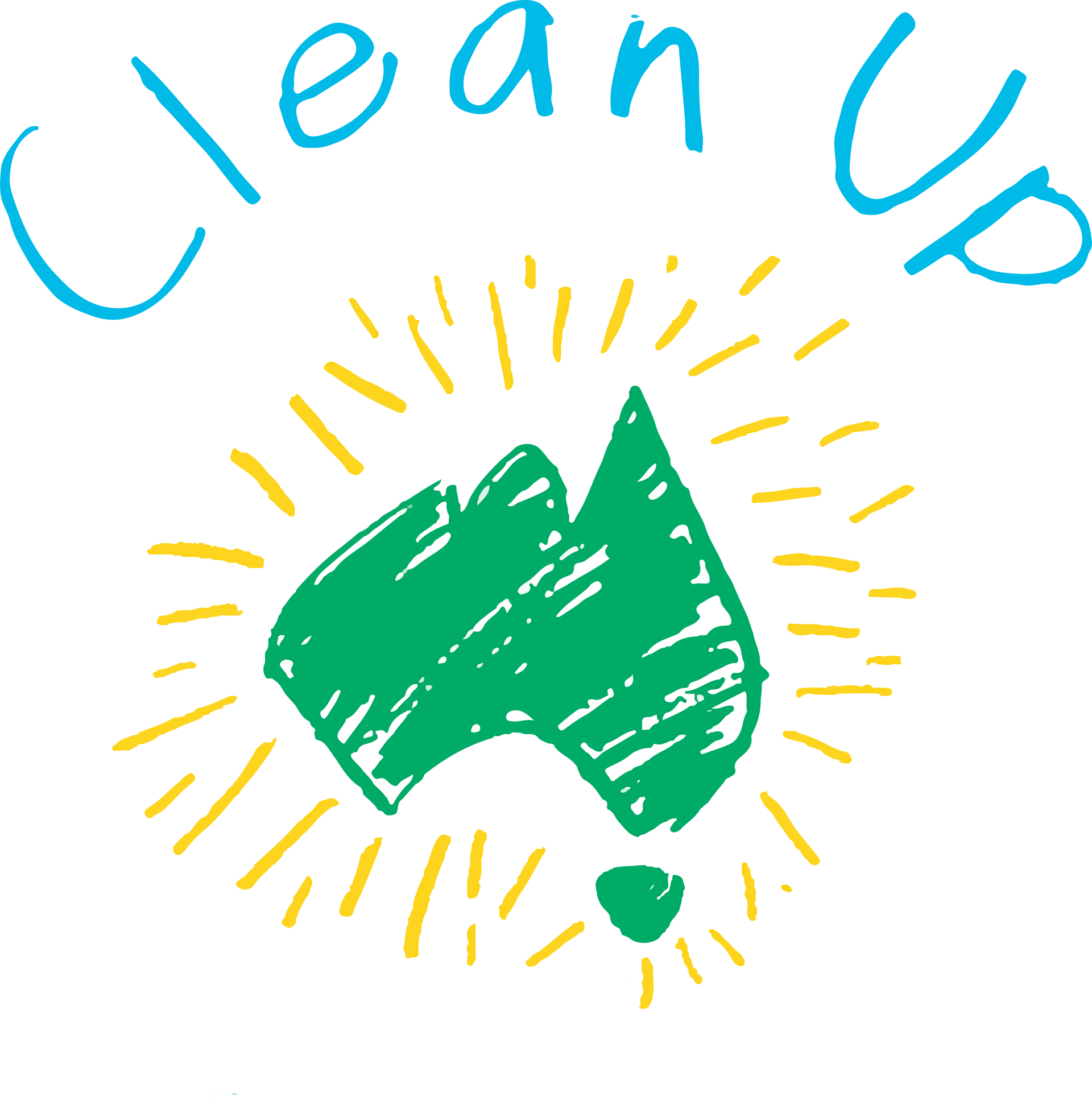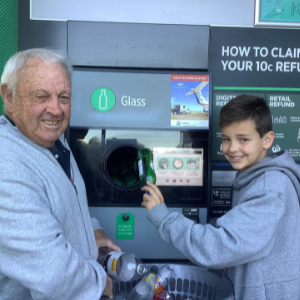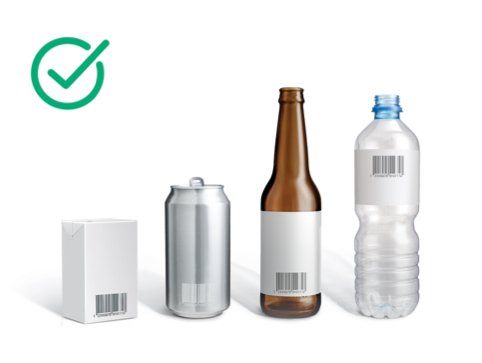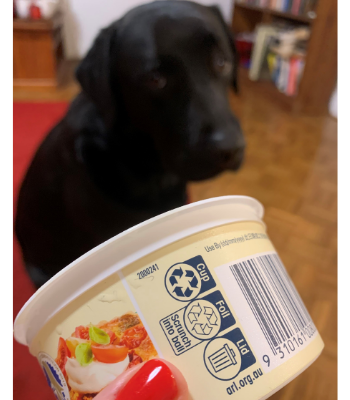A nationwide container deposit scheme
Australia is finally on track for a nationwide container deposit scheme – let’s drink to that!
by Alison Hill
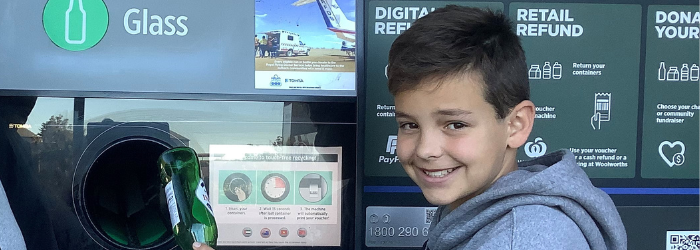
Soon every state and territory will have a scheme for people to deposit containers in exchange for cash, donations or credit. This will make Australia the first continent to support a comprehensive container return scheme. Schemes in Victoria and Tasmania will finally be up and running in 2023. South Australia had the first return and earn scheme in Australia, beginning way back in 1977. There are moves afoot to harmonise the schemes across Australia, supported by the Australian Beverages Council.
Since June 2018, over 9 billion drink containers have been returned to Return and Earn depots in New South Wales alone. That’s about six piles as high and as wide as the Eiffel Tower (and not nearly as pretty!). It also represents $900 million in refunds back into the hands of the NSW community.
While many containers pre Return and Earn would have been deposited in household or commercial recycling bins, Clean Up volunteers reported that up to 1/3 of rubbish they surveyed was beverage containers littered in our streets, parks, beaches and bushland.
And given that the WWF estimates it takes 450 years for a plastic bottle to break down, it’s easy to see why we should divert these containers from our precious environment or landfill. Now.
Container Refund schemes make this simple and convenient, and are a great way to raise funds for a charity, for kids to make some pocket money, to top up the grocery shopping budget – or even pay for your nuptials - a couple who launched a campaign to pay for their dream wedding using Queensland's container refund scheme have locked in a venue, celebrant and catering — all paid for by collecting bottles and cans.
So how does it work?
Container deposit schemes work by adding a small extra deposit on top of the price of a beverage – such as those in plastic and glass bottles and aluminum cans – which is refunded to the consumer when they return the empty drink container for recycling.
Across Australia each state and territory manages its own scheme. We have a state-by state rundown on each scheme here.
In New South Wales, for example, the NSW Environmental Protection Agency regulates the scheme and Exchange for Change administers it. Network operator TOMRA Cleanaway manages the return points and ensures returned containers are recycled. It is responsible for refunding consumers at return points and receives a network fee per container collected based on the material type. The containers are then collected by Cleanaway, Australia’s largest total waste management solutions company, for sorting, batching and dispatching as clean recyclate. NSW also offers residents drop-of depots for bulk collections – which are then also sorted by Cleanaway before being on-sold for recycling.
In other states such as SA, QLD and NT, the beverage industry administers their schemes – offering communities a depot style of drop off/collection network.
Why is it better than using household waste recycling bins?
The containers are sorted before they reach the recycler, and only those that can be recycled are accepted, so there’s no contamination and 100% of what’s accepted can be recycled.
Plus you get 10c back in cash or electronic refund, or you can donate the proceeds!
How do I get started?
Sort your drink containers into those that can be returned for a refund and those that go in the household recycling bin. You’ll find the 10c refund marking on eligible containers, which includes most 150 ml to 3 litre containers but excludes non-flavoured milk containers, wine bottles, large pure juice and cordial bottles. Containers must be clean. Make sure the cans are not crushed, bottles are unbroken, labels are still attached and barcodes are readable. You can leave the lids on bottles in some states, but not in others, so check the requirements for your area. Put any non-returnable containers into the household recycling bin.
Then find your closest return point by searching in your state or territory (to make it even easier for you, here they are):
What can and can’t be sent to a container deposit facility?
The idea of container refund schemes originated as a way to keep things litter-free. So in general, if you would drink something when you’re away from home the container can be returned, and if you would generally use them at home they probably belong in the kerbside bin. So yes to single-serve beer bottles, soft drink cans, small juice boxes and bottled water, and no to spirits, wine, cordial and non-flavoured milk containers. But best to check for the 10c label.
I’ve seen machines for depositing empty bottles and cans – is that were I must take them?
These are called reverse vending machines, so instead of you paying and getting a bottle of drink, you pop the bottle or can into a slot and it gives you money. Basically, you’ve bought the drink and borrowed the container. They’re easy to use and the machine will scan the barcode to make sure the container can by accepted. You’ll either get a voucher to spend at a participating supermarket, a refund into your account, or the choice of donating the 10c per container to a charity, sports club, school or community group. The reverse vending machine will prompt you to choose one.
Most states have depots for large numbers of returns, and pop-ups run by local operators, for example many Scout groups, who often organise a time and place for collection. There are also staffed drop-off points such as corner stores in most states. Queensland and Western Australia also have a bag drop system run by Containers for Change, for which you sign up and receive a barcode. These are a great way to raise money for charities.
Can I use funds raised through a container deposit scheme for a community group or school?
If you’re part of a community group, sports clubs or school fundraising group, you can set up a donation collection point for approved containers, for example at the school or sporting facility’s canteen. You’ll have to sort them and transport them to a refund centre which is a great way for kids to learn about recycling and saving waste from landfill.
Is there an app for that?
In NSW, you can download the myTOMRA app and get a digital refund to a bank account or PayPal account.
There are also separate apps for Queensland and Western Australia.
Alison Hill writes features and web copy from the Blue Mountains west of Sydney.
Search for other blog topics:
